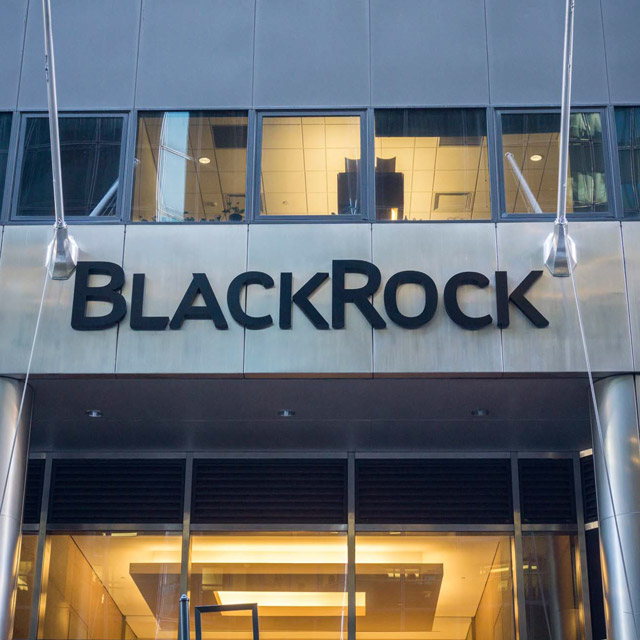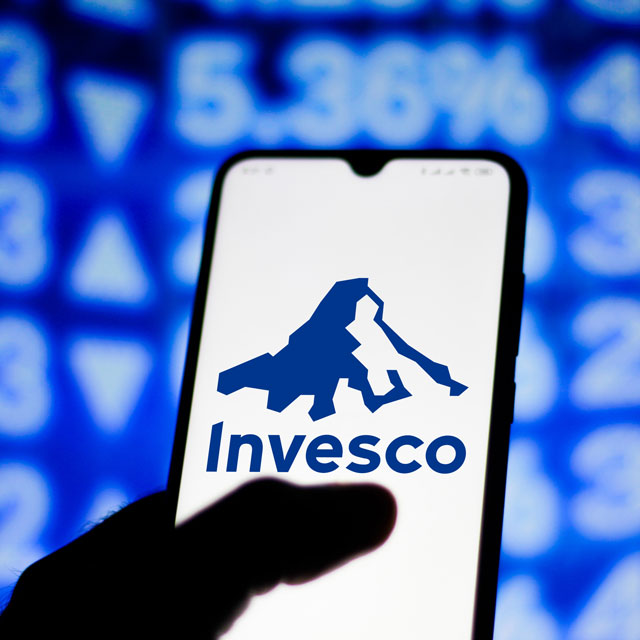Falcon
NOT FOR REPRINT
14 Best Large-Cap Equity ETFs: Morningstar
Slideshow November 04, 2022 at 02:41 PM
Share & Print
Susan Dziubinski, director of content at Morningstar.com, started a recent blog post about exchange-traded funds by pointing out what investors like about them: They're easy to buy and sell, are fairly transparent; they're also generally low cost and usually tax efficient. "Given these qualities, ETFs can make terrific portfolio building blocks because they allow you to get exposure to the parts of the market that you want — and to avoid the parts of the market you don't want," she writes. Morningstar analysts in November gave the firm's top rating (Gold) to some ETFs they think stand a good chance of outperforming over a full market cycle. Fourteen large-cap ETFs on the list provide exposure to stocks of large companies, making them strong anchors for an equity portfolio. But there are strategic differences between them. Some of these ETFs track the S&P 500, providing access to large-cap stocks representing about 80% of the U.S. stock market. Others follow broader market indexes that include more stocks, some of which are smaller-cap names. While these funds also land in the large-blend Morningstar category, they expose investors to a wider pool of stocks and market capitalizations. Still other ETFs on the list provide exposure to a subset of stocks, for instance, dividend-paying stocks and value stocks. See the gallery for the 14 best large-cap equity ETFs.
NOT FOR REPRINT
© Touchpoint Markets, All Rights Reserved. Request academic re-use from www.copyright.com. All other uses, submit a request to [email protected]. For more inforrmation visit Asset & Logo Licensing.
Featured Resources
View All
Sponsored by Axos Advisor Services
Integrated Banking Solutions: How To Enhance Client Services and Grow Your Business

Sponsored by Optifino
Three Macro Trends Impacting Long-Term Care: Trends, Solutions & Client Conversations

Sponsored by Vanilla
The Missing Piece: Why Advisors Who Skip Estate Planning are Failing Their Clients







